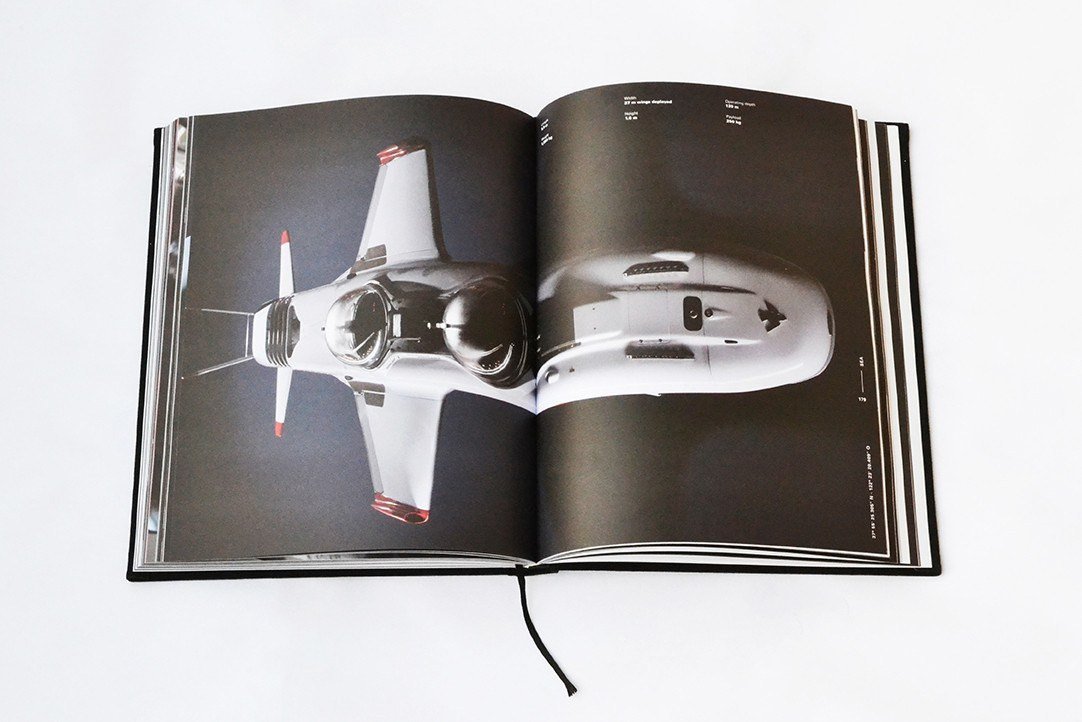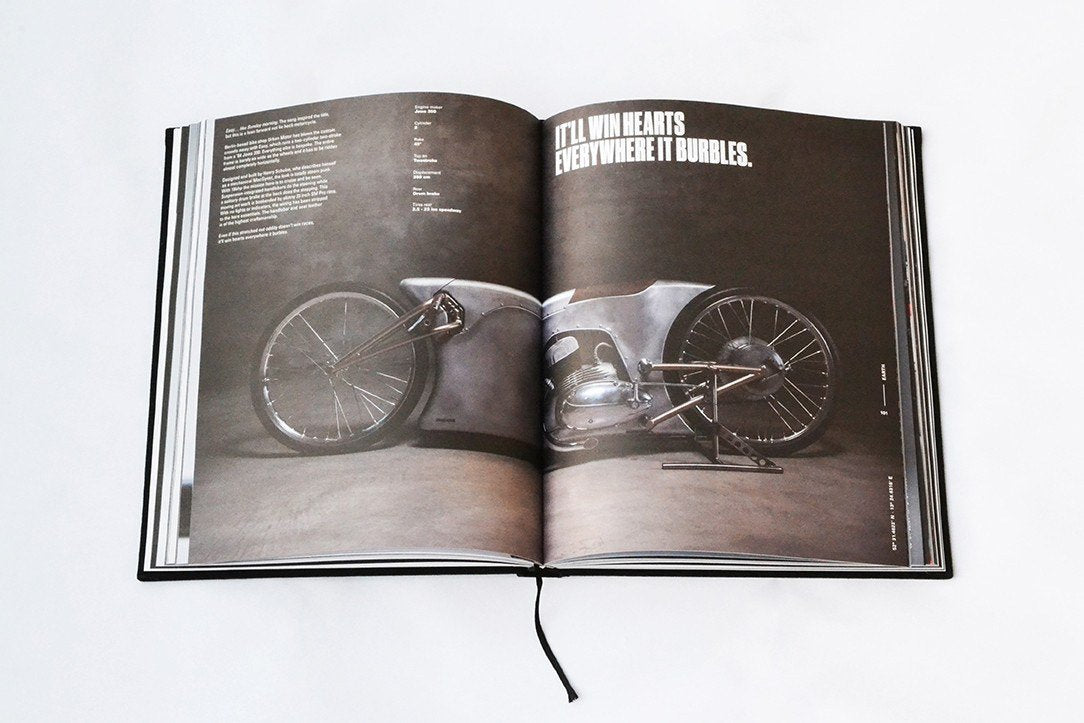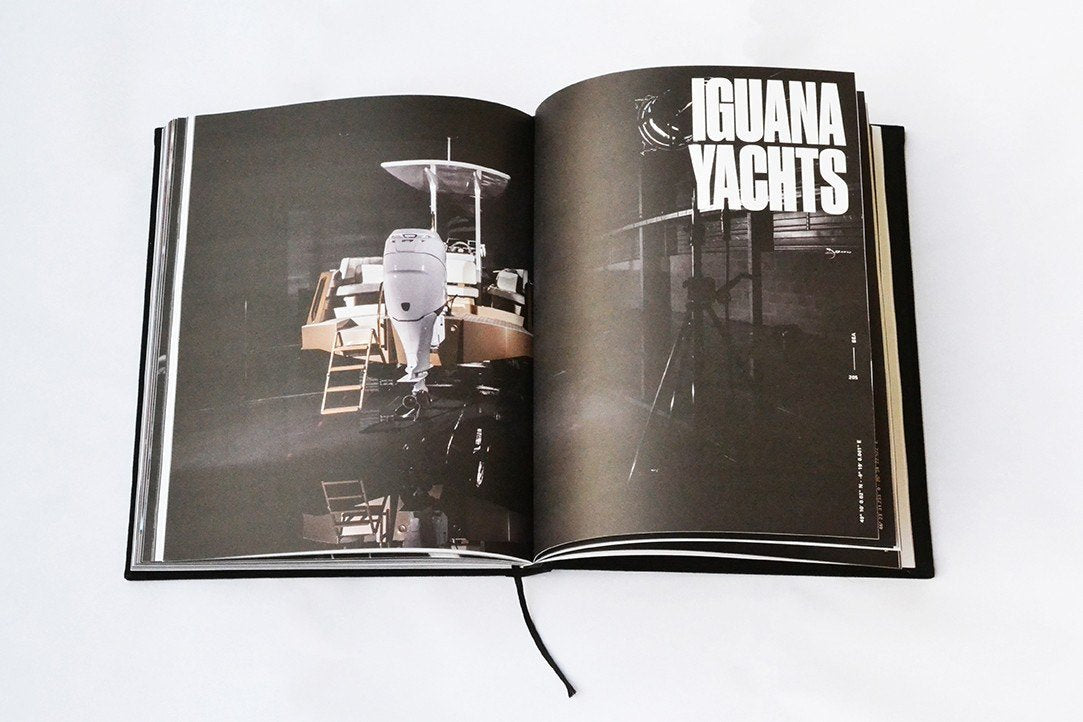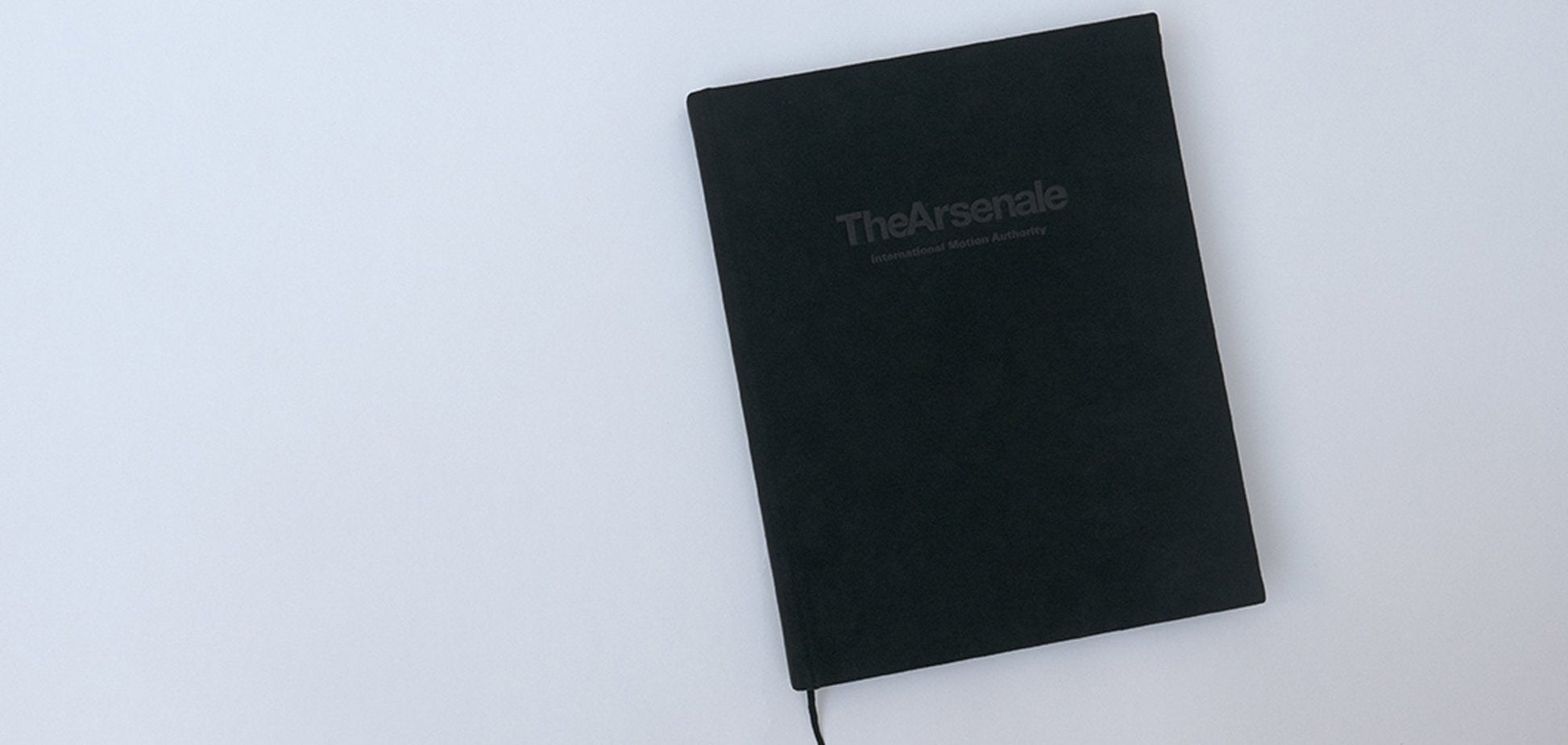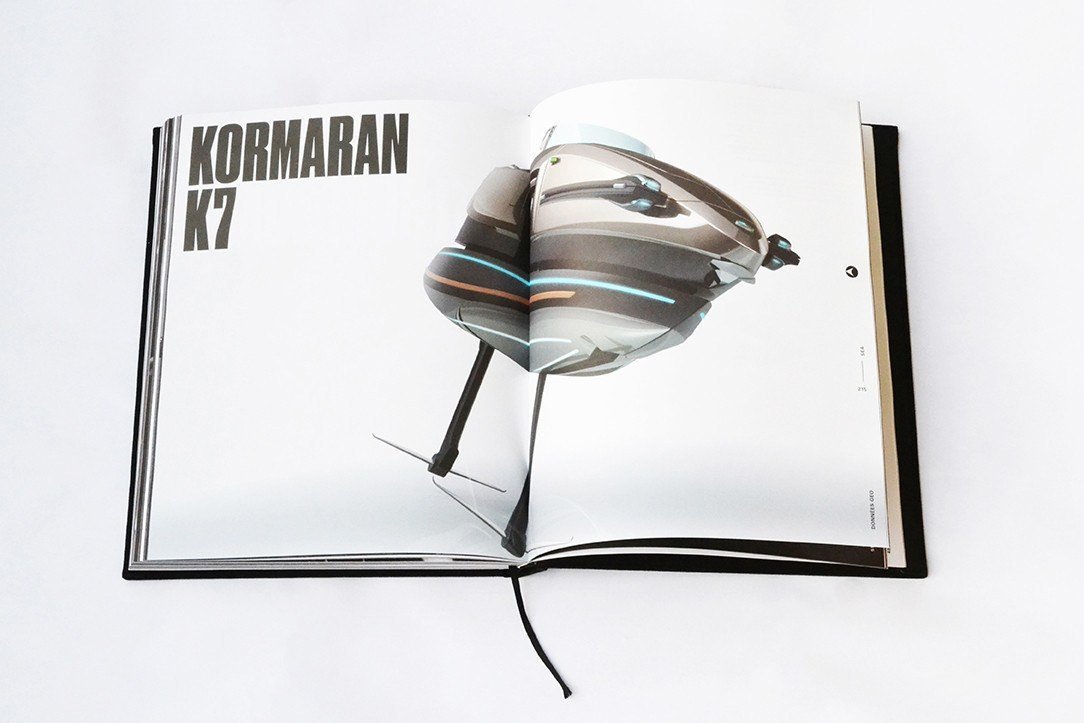Ever since Concorde was shut down in 2003 due to gigantic operational, maintenance and repair costs; commercial flights have changed very little. U.S regulators don't allow supersonic flights on land because of the extremely loud sonic booms that come with them.

Lockheed Martin is aiming to change that with the help of NASA and a few hundred millions of dollars. Counting at $247.5 million, NASA is working on the Low Boom Flight Demonstration project. The objective is an experimental supersonic aircraft called X-plane. This plane is planned to cruise at 55,000 feet and reach a top speed of 990 mph. Work on this project has just begun and it will continue until the end of 2021, hopefully with successful results.

But how do you beat the thundering explosion of the sound barrier? Using a specially designed hull. This special design allows for the shock waves to remain separated when they hit the ground, silencing the explosive noise. The agency aims to fly the plane commercially in six U.S cities starting middle of 2022 to collect data on the behavior of Americans in flights as well as the efficiency of quiet supersonic technology. However, the noise is not the only problem of such flights. Concorde faced ballooning expenses in maintenance and operation, despite charging a luxurious fee for their flights.

The engines able to push the aircraft to these speeds are not fuel efficient. Commercial jets run on engines optimized for a great fuel/distance ratio while the General Electric F414 engine is built for maximum power output. The same engine can be found in the F/A-18 Super Hornet, a military jet used by the military; fuel efficiency is not a concern here as you see. Lockheed Martin is trying to bring back these supersonic commercial flights for high-paying customers in partnership with Reno. Together they plan to launch the AS2, a business jet capable of supersonic travel that will start operations in 2025. It is interesting to see how commercial flights will evolve now, seeing big names like NASA, Lockheed Martin and Reno surely brings up good hopes.




